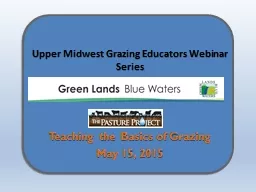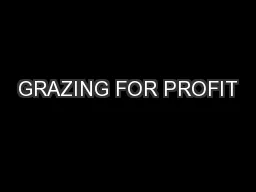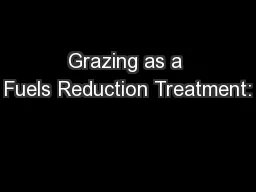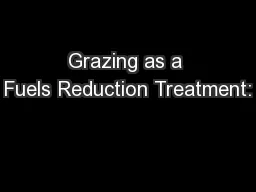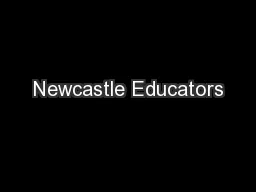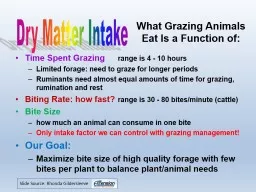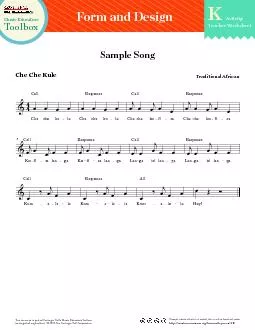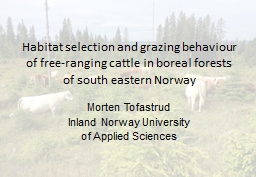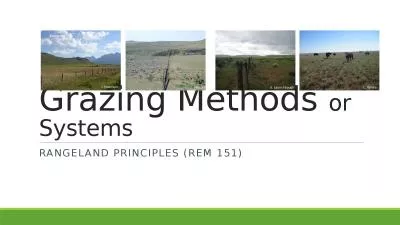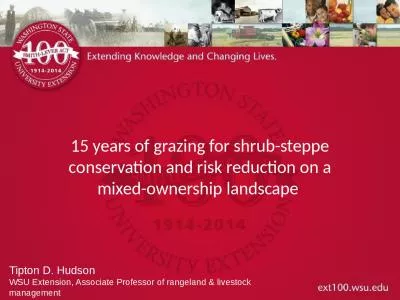PPT-Upper Midwest Grazing Educators Webinar Series
Author : cheryl-pisano | Published Date : 2017-12-28
Teaching the Basics of Grazing May 15 2015 Hosted by Warren King and Jane Jewett Comanager of the Pasture Project President of WellSpring Ltd Work focused on expanding
Presentation Embed Code
Download Presentation
Download Presentation The PPT/PDF document "Upper Midwest Grazing Educators Webinar ..." is the property of its rightful owner. Permission is granted to download and print the materials on this website for personal, non-commercial use only, and to display it on your personal computer provided you do not modify the materials and that you retain all copyright notices contained in the materials. By downloading content from our website, you accept the terms of this agreement.
Upper Midwest Grazing Educators Webinar Series: Transcript
Download Rules Of Document
"Upper Midwest Grazing Educators Webinar Series"The content belongs to its owner. You may download and print it for personal use, without modification, and keep all copyright notices. By downloading, you agree to these terms.
Related Documents

